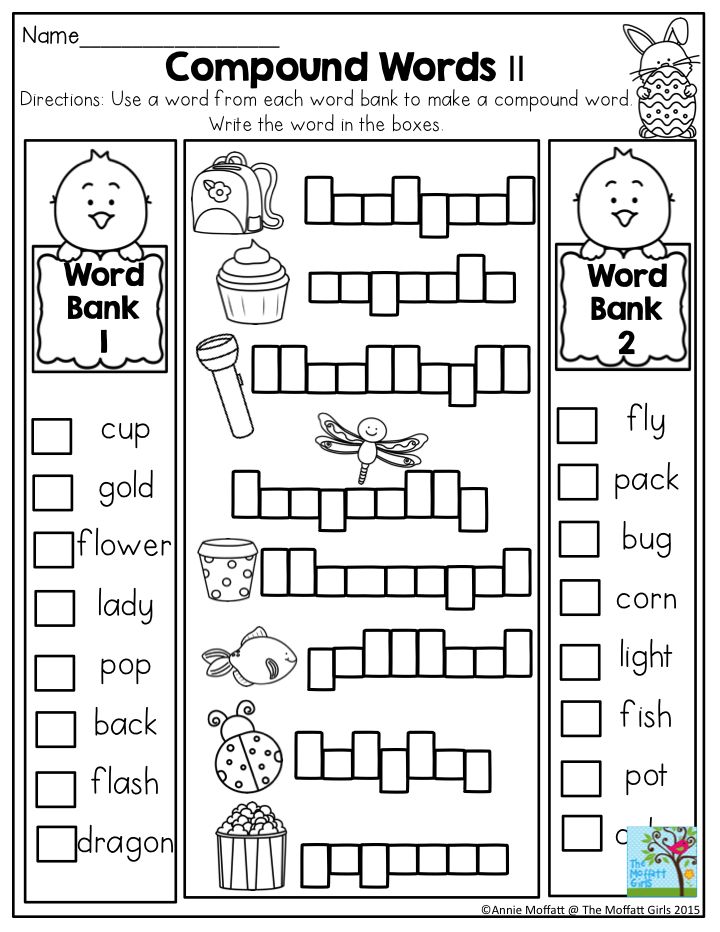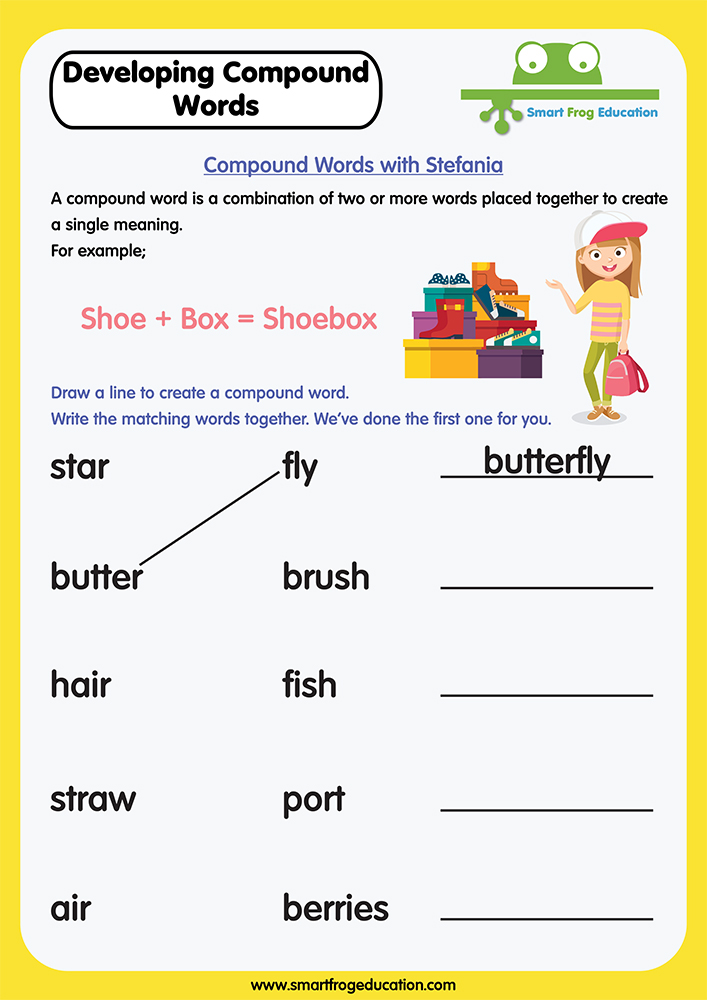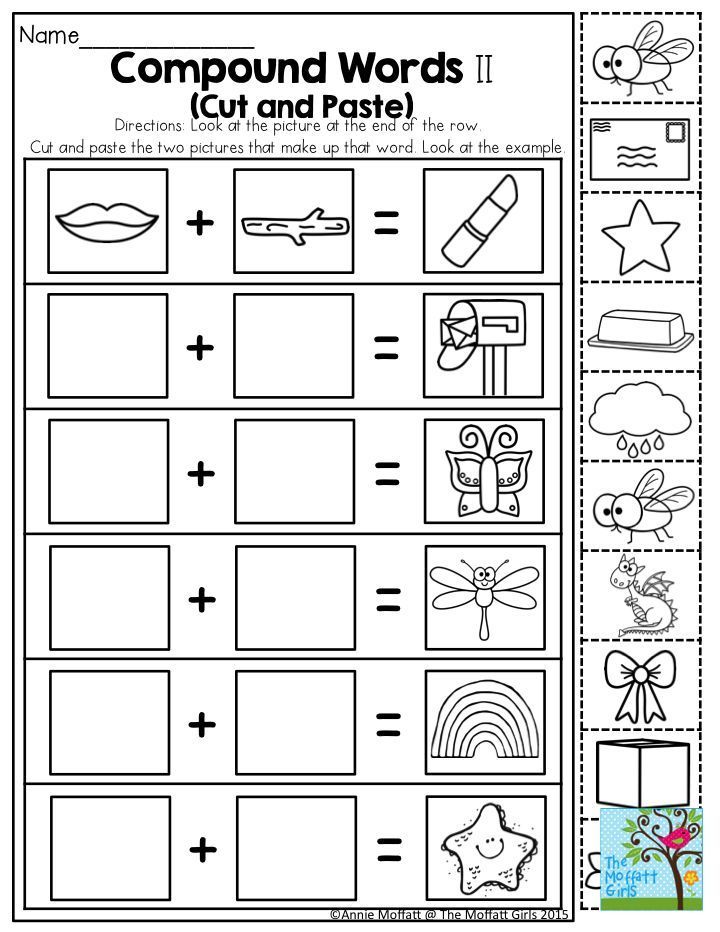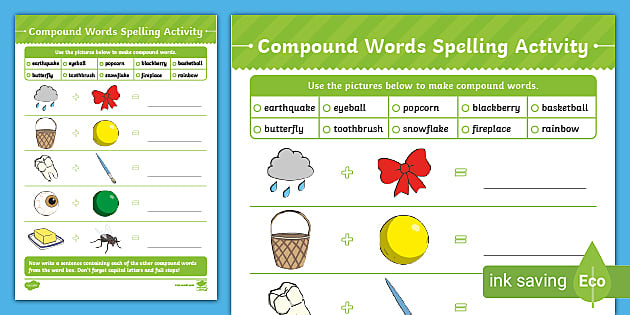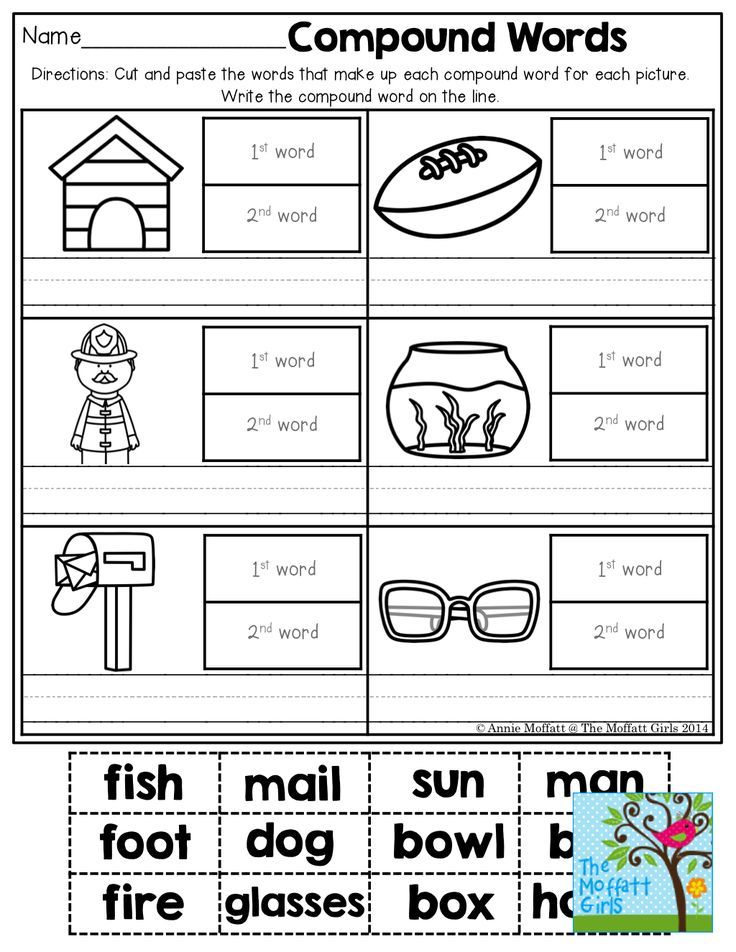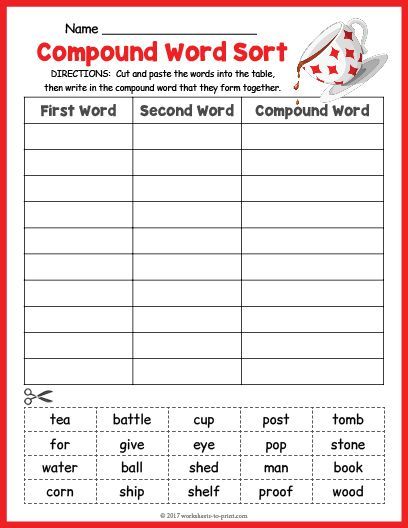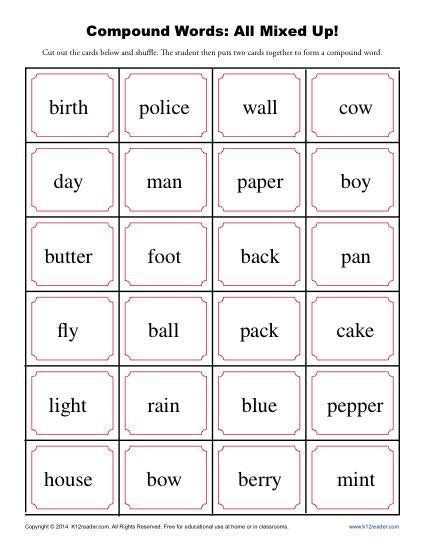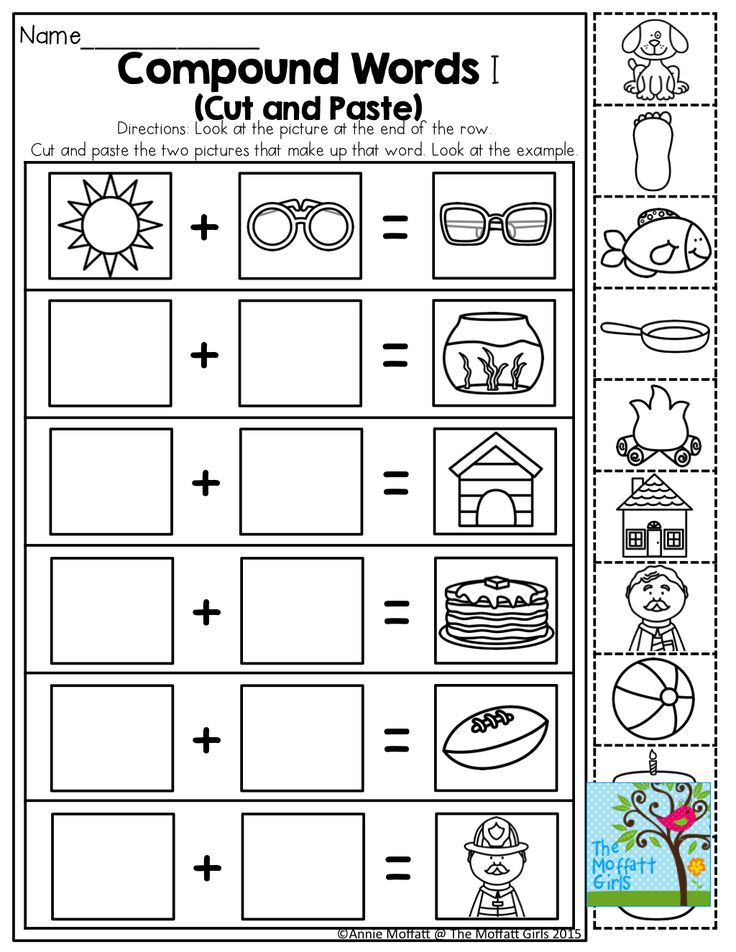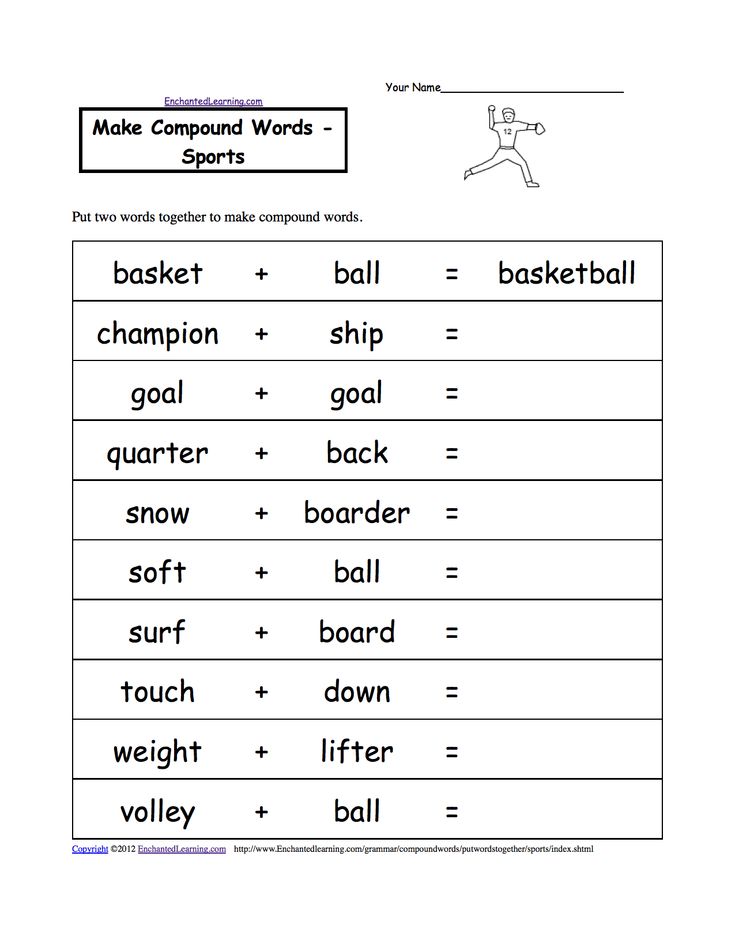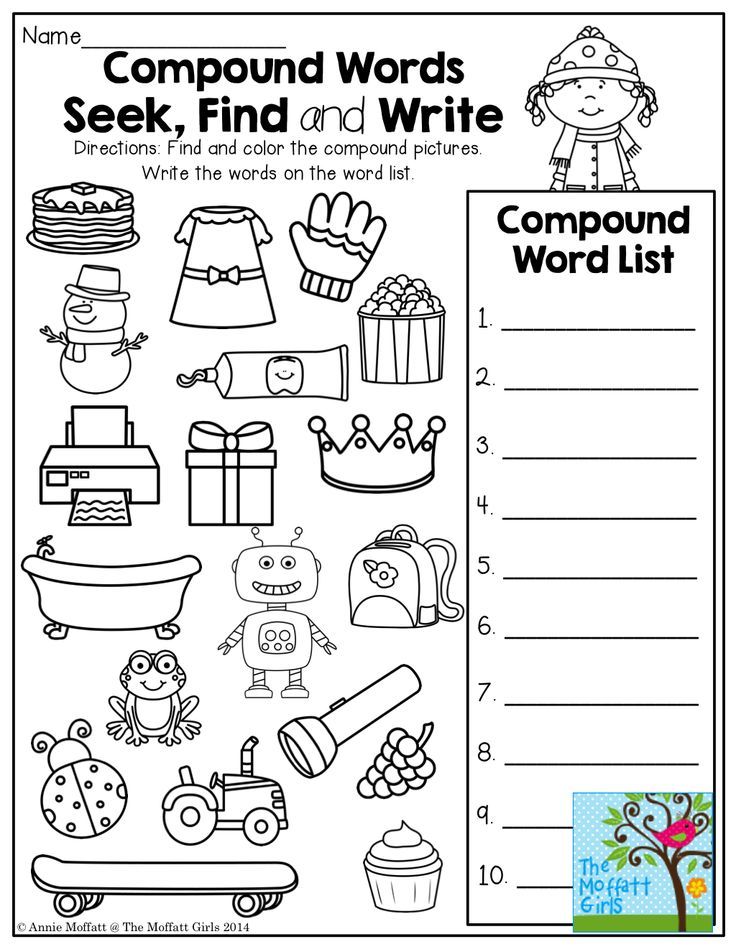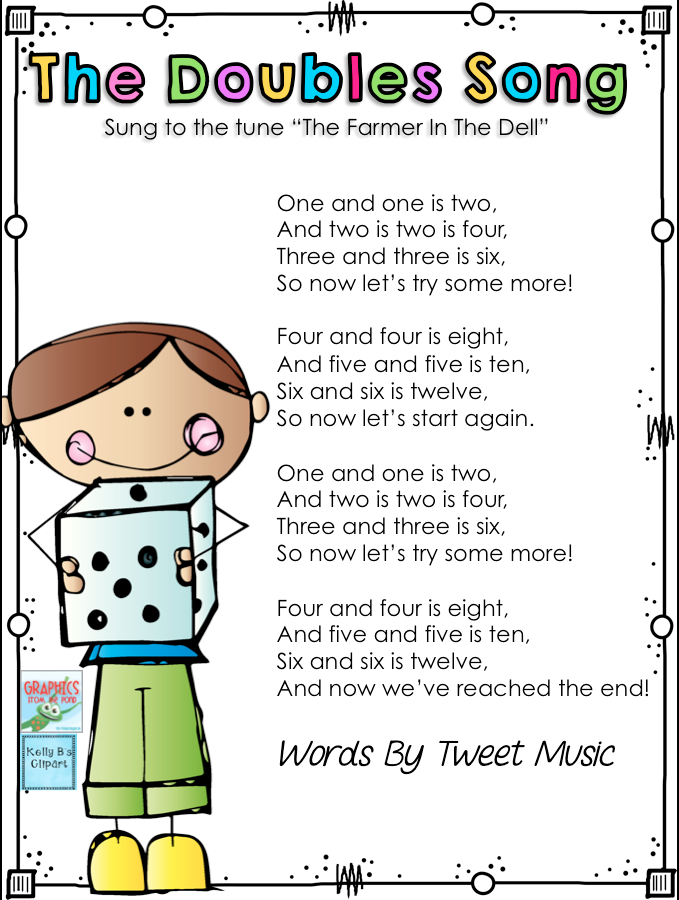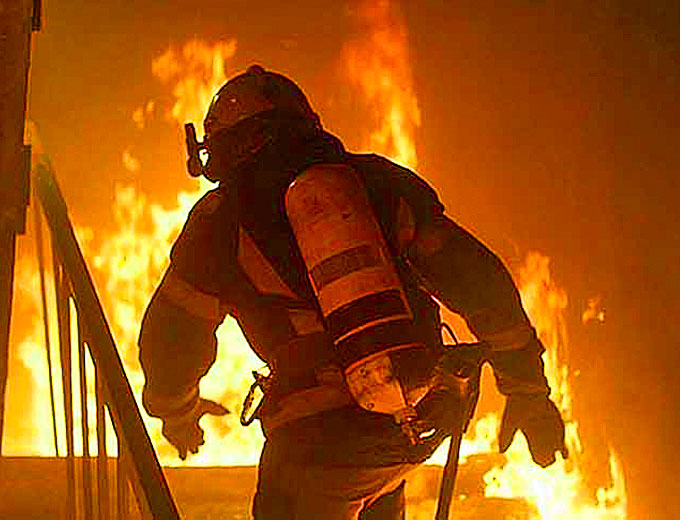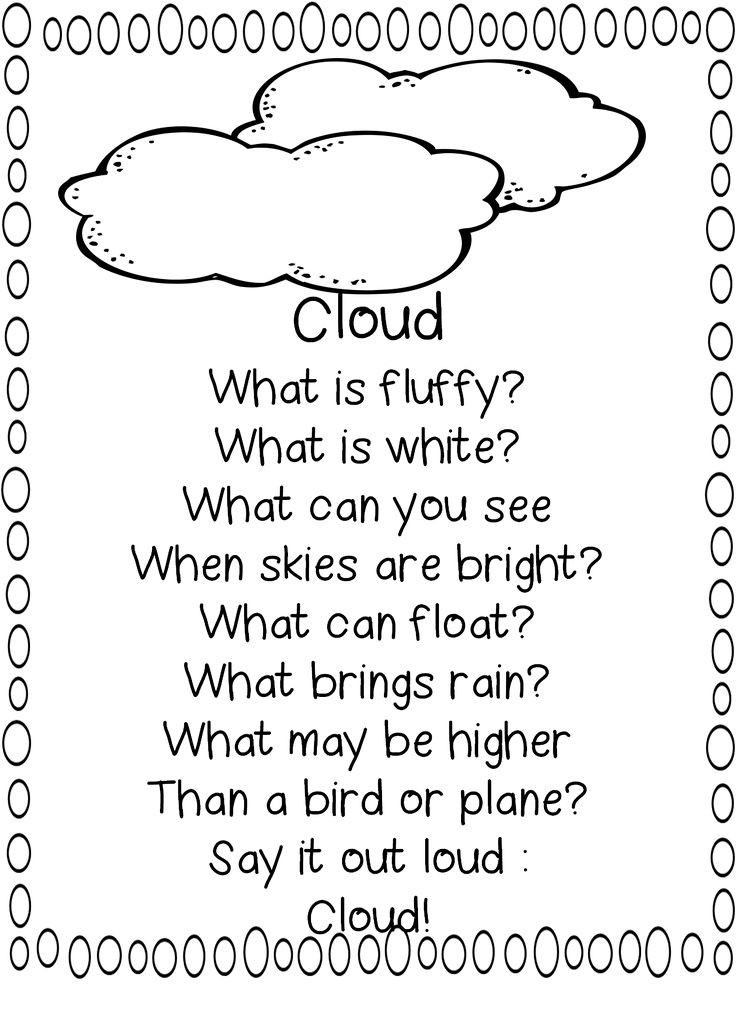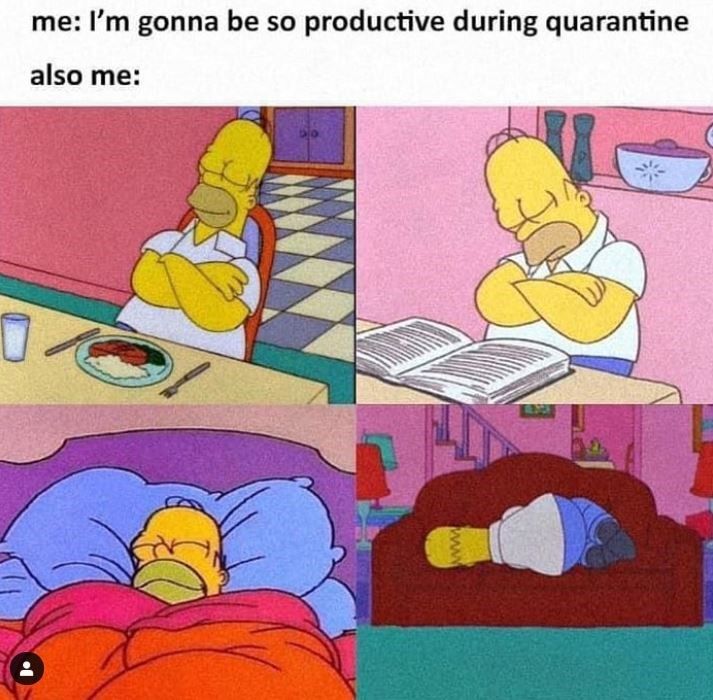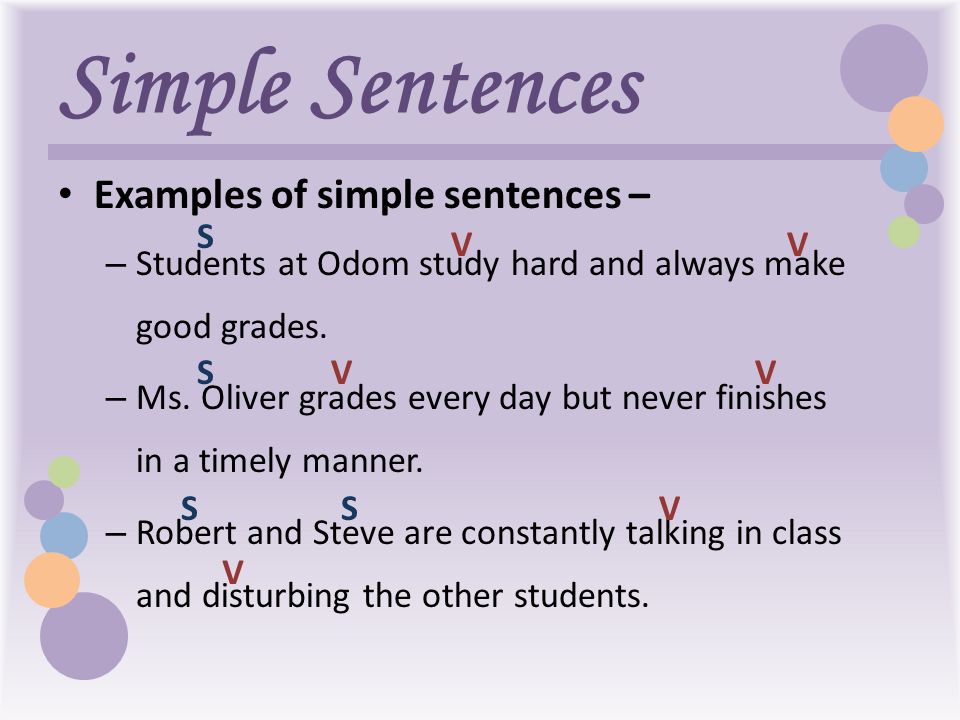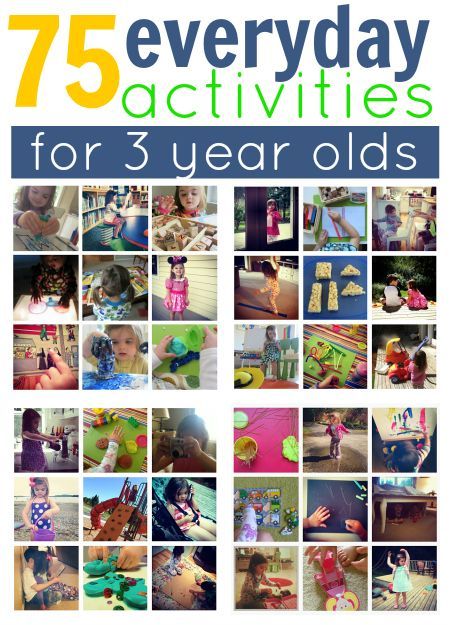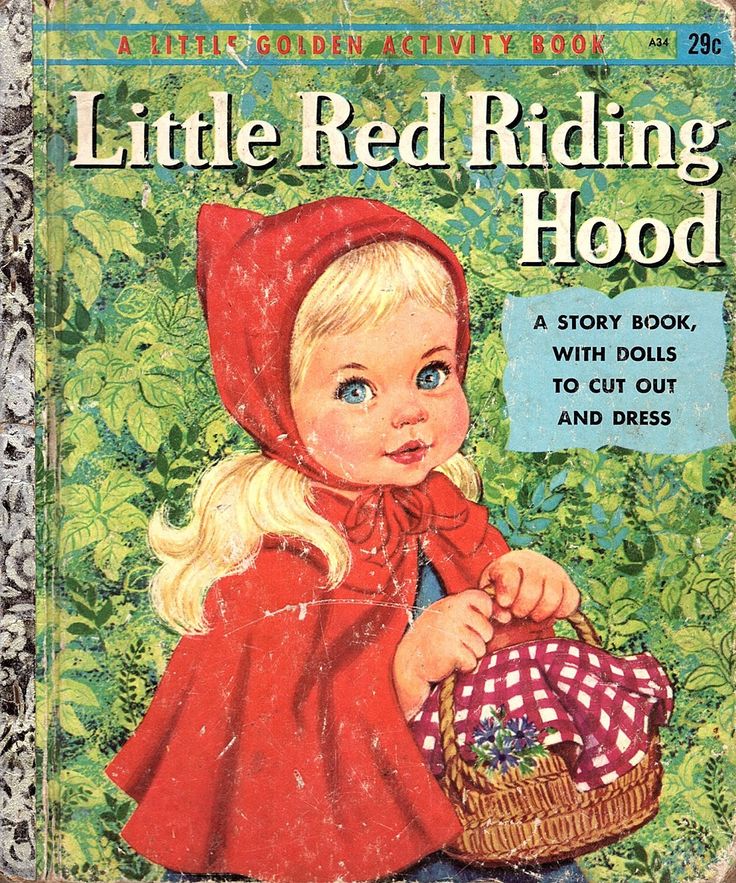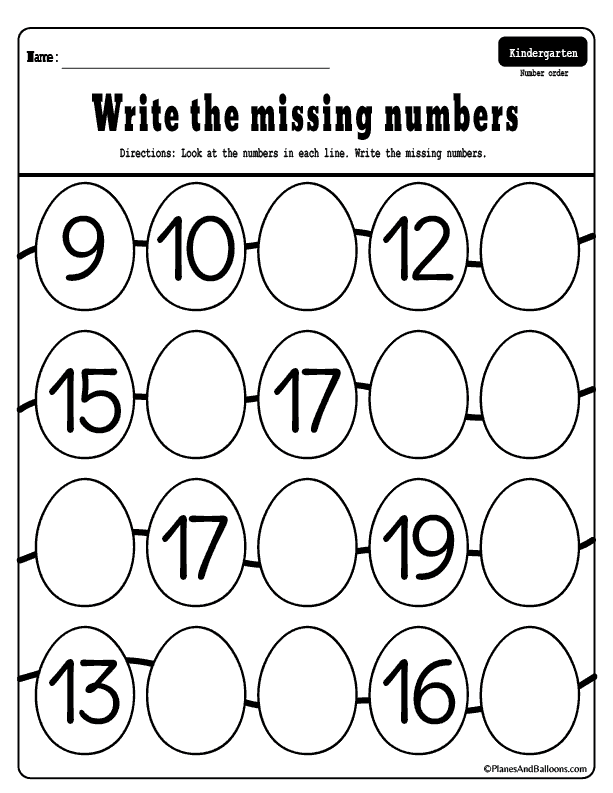Activity for compound words
The 8 Best Compound Word Activities You Need to Try
What do meatballs, butterflies, and cowboys have in common? Not much unless you are teaching compound words to your students this week. This topic can be so fun to teach because of the many different ways you can approach it. Whenever possible, I try to make sure all types of learners’ needs can be met through teaching and activities. I put together a list of some of my favorite compound word activities.
Some of these activities are perfect to use in morning work or literacy stations after students know how to do them. Introduce them during whole group time and then let students keep practicing. These compound word activities were always a hit in my classroom. Most importantly, they helped my students really learn and understand this concept.
Before I jump into the list, I want to share the Compound Words Activities unit. It has everything you’ll need to be totally set for the week teaching compound words. It has a fun character and chant to help you introduce compound words. This unit also has a pocket book, flip book, and picture puzzles. It makes teaching compound words a breeze!
Amazon Affiliate links are used below at no cost to you.
1. Use a song to help you introduce or review compound words.
I love a fun song and video to either kick-off a new concept or to review as we learn. Dr. Jean’s Compound Boogie song is catchy and has great coordinating pictures. It has plenty of examples so your students will really get the hang of it. View it HERE.
2. Create an anchor chart for students to refer to.
A good anchor chart helps make learning visible and accessible to students. It serves a visual reference for students to look to. I love to make one with the definition of a compound word and a few examples. Then, as the week goes on, we’ll take a minute or two each day and add more examples as students come up with them.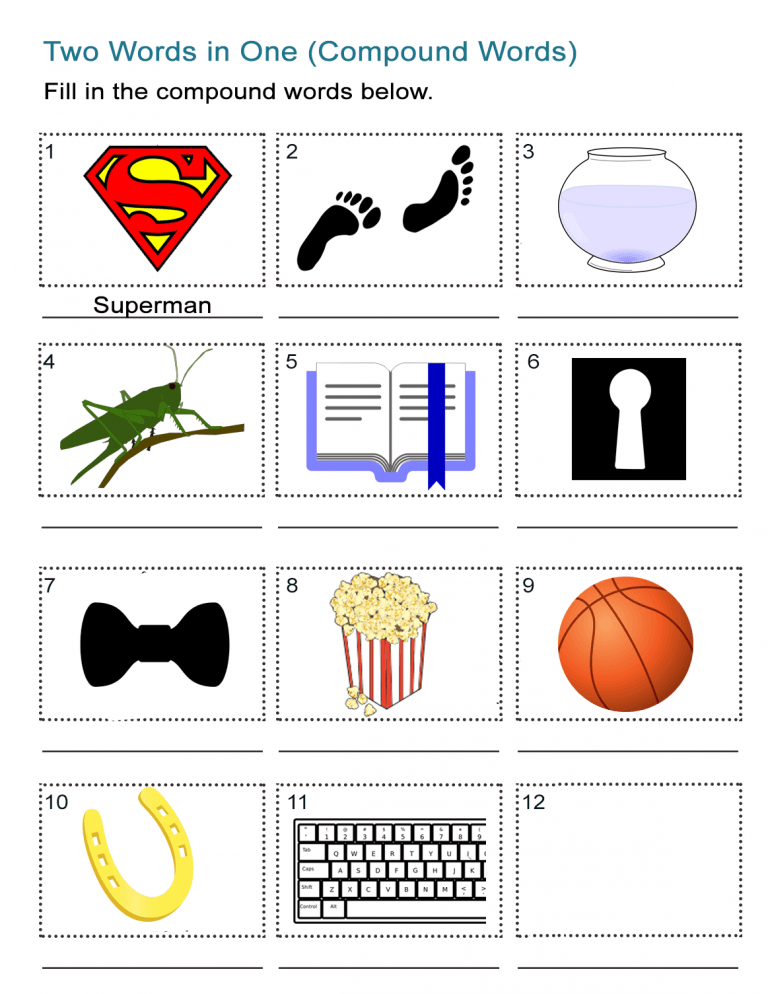
Another fun anchor chart to make is compound words that are food. There are so many! I did this as interactive writing. My students loved adding to this chart!
3. Use read alouds for students to practice listening for compound words.
Read alouds are powerful tools that can help reach auditory learners, build background knowledge, and help grow strategic readers. Read alouds also help you integrate topics, like compound words, throughout the day. While you read, have students listen for compound words. You can have them raise their hands when they hear one. Here are a few books to use for compound words:
- Cloudy with a Chance of Meatballs by Judi Barrett
- If You Were a Compound Word by Trisha Speed Shaskan
- Thumbtacks, Earwax, Lipstick, Dipstick: What Is a Compound Word? By Brian P. Cleary
- Once There Was a Bull…Frog by Rick Walton
4. Use Duplo blocks for hands-on practice.
Write words on the blocks by using my favorite Post-It tape on shorter Duplo blocks.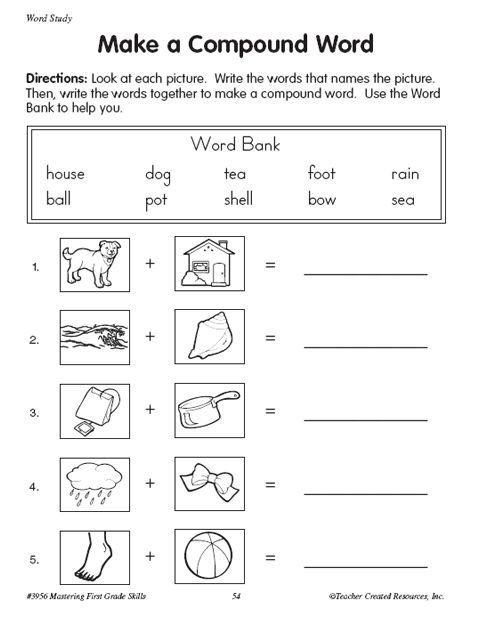 Have students place two short Duplo blocks together on a longer one to make a compound word. If you have very low-level readers, you can simply add pictures. You can have students write the new compound word they created and illustrate it if you want something you can check afterward.
Have students place two short Duplo blocks together on a longer one to make a compound word. If you have very low-level readers, you can simply add pictures. You can have students write the new compound word they created and illustrate it if you want something you can check afterward.
5. Implement self-checking puzzles.
Puzzles are such a great way for students to use their hands and brains while learning. Self-checking puzzles help students immediately see if their thinking is correct or not. Just write a word and draw a simple picture on each side of a notecard. For example, tree and house. Make a unique cut, like a zig-zag, and cut the notecard in half. Create several of these and mix them up.
In my Compound Word Activities Unit, I have this activity already done for you. Plus, there’s a recording page to make it easy for students to jot down their matches and for you to check them.
6. Introduce hands-on games to reinforce learning.
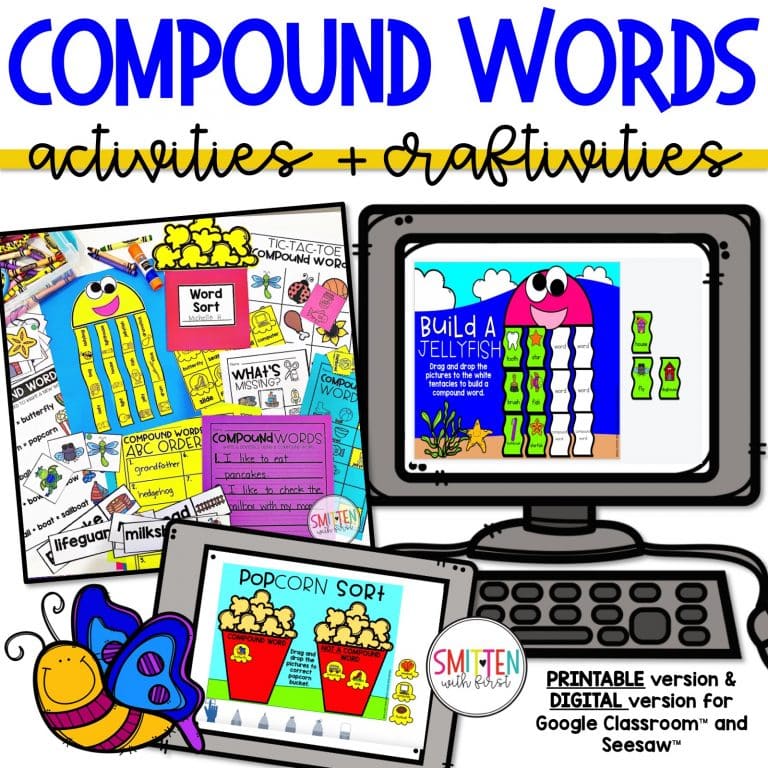
Most students in kindergarten, first grade, and second grade know how to play memory. Add a twist to the classic game with compound words. After you introduce this and model how to play, let students practice. Then, you can use it during morning work or in a word work or game literacy station.
- Make picture word cards for the compound word and its two individual words. For example, treehouse, tree, and house.
- Do this for several compound words.
- Next, flip the cards facedown.
- Students take turns flipping over three cards, saying/reading each one.
- Finally, if they flip over the three cards that go together (tree, house, and treehouse), they get to keep them and get a point.
7. Use online games.
There are several games online that you could use to let students practice identifying and making compound words. If you have iPads, you could use them in literacy stations. Check out what I found on YouTube.
- The Guess the Word Challenge is a video that shows two pictures.
 Students have to guess the compound word before the clock countdown ends.
Students have to guess the compound word before the clock countdown ends. - Similarly, The Compound Word Game is very similar. The main difference is this game does have some audio of someone saying the name of each picture, and the other game has no audio.
You can have students play two ways:
- Think, pair, and share the answer. Give a thumbs up or down if their partner got it correct.
- Let students write or draw the answers on whiteboards and hold them up to show you.
8. Sort compound words and not compound words.
Sorting is one of the higher-level compound word activities on Bloom’s Taxonomy. Show some examples of compound words with pictures and words that are not compound words. Have students sort them.
If you want this activity already all planned and done for you, my Compound Word Activities has this activity in it. Students make a pocket book and sort the pictures.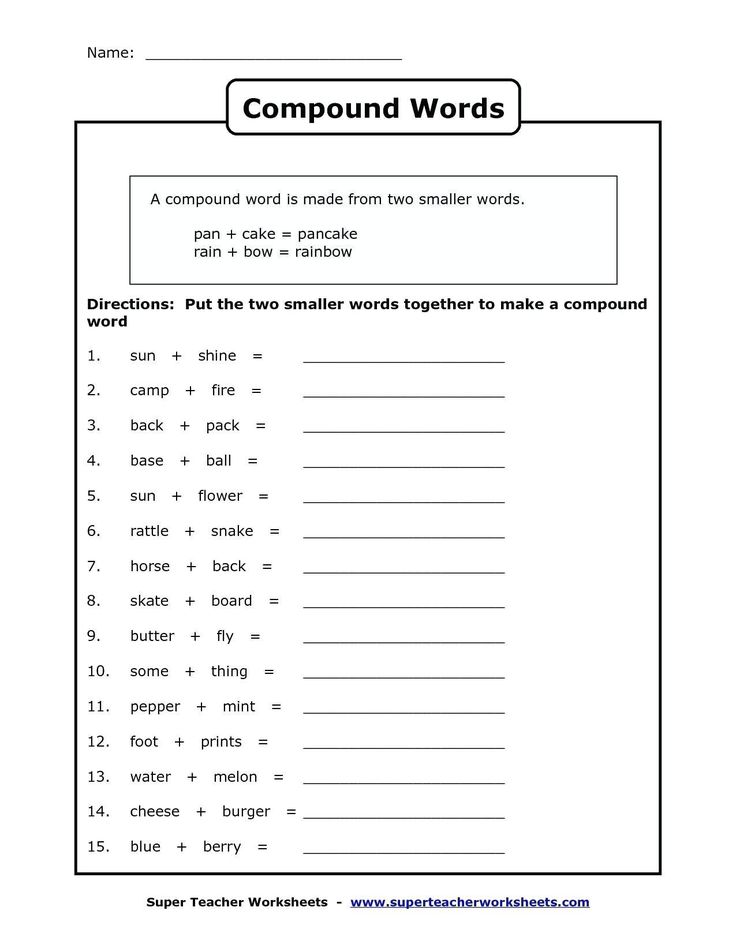 I love sorting this way because it’s interactive, and the students can take the pieces out, mix them up, and sort them again.
I love sorting this way because it’s interactive, and the students can take the pieces out, mix them up, and sort them again.
These eight compound word activities will be sure that the different types of students’ learning needs are met and support your ELL students, too. Remember that with any concept you teach, it’s important to add variety to your lessons and activities. As a result, students will be engaged and learn more effectively.
pin it
Do you have any must-do compound word activities? Leave a comment and let me know!
Shop This Post
Compound Word Activities Unit : This unit has interactive activities to help you teach compound words and help your students master this standard. It includes:
- Fun Compound Word Chant
- Compound Connection Puzzles (18 picture puzzles and recording sheets)
- Compound Connie (character used to help introduce the concept with activities)
- Pocket Book for Compound Word Sort
- Compound Flip Book (creating compound words)
Want to use the latest research to boost your readers during small groups? This FREE guide is packed with engaging ideas to help them grow!
20 Cool Compound Word Games for Kids
// by Jane Brooks
Learning about vocabulary is no longer confined to dittos and boring worksheets.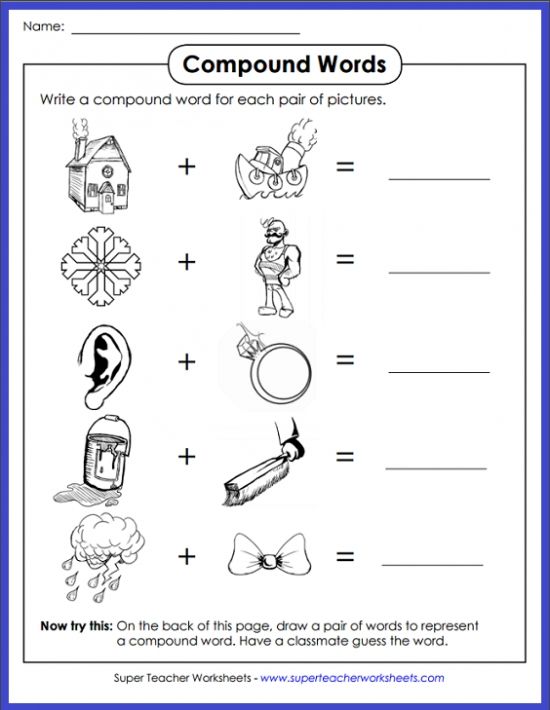 From online gamified lessons to interactive sensory activities, learning about literacy is more engaging than ever. We have curated a list of twenty fantastic activities to learn all about compound words.
From online gamified lessons to interactive sensory activities, learning about literacy is more engaging than ever. We have curated a list of twenty fantastic activities to learn all about compound words.
From literacy centers to individualized assignments, the list below has something for every student and teacher. Introduce compound words with a classroom sing-along or a collaborative class anchor chart.
Compound Word Online Games
1. Guess the Word
Students have several seconds to guess the compound word. Each round the students see 2 or more pictures. Children combine the picture words to create their compound words.
Learn More: Games 4 ESL
2. Nearpod
This online learning platform has multiple lessons and gamified practice opportunities for students. Teachers can filter by subject and grade. Lessons can be student-paced, where students work through the lesson on their own, or teacher-taught with students interacting with the lesson in real time.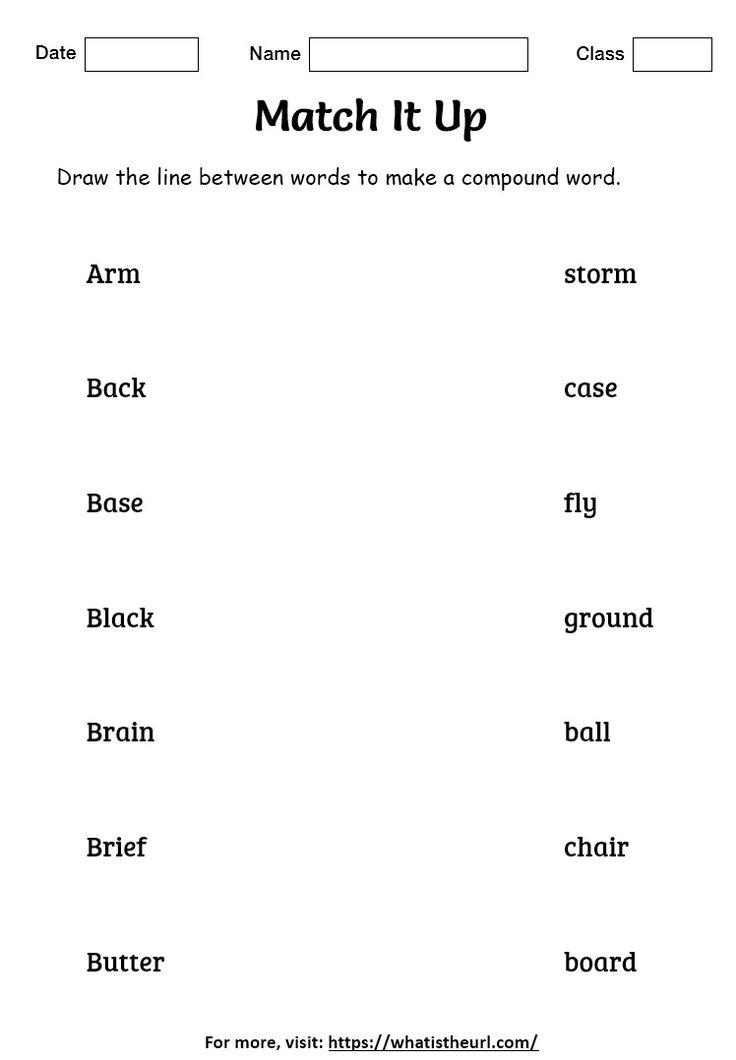 This is a great option for virtual learning days.
This is a great option for virtual learning days.
Learn More: Nearpod
3. Wordville.com
If you are looking for multiple levels of compound word online games, Wordville should be your go-to. It offers an online matching game where students pick different cards. If the cards do not create a compound word, the student is prompted to pick again.
Learn More: Wordville
4. Quia
Quia presents another version of the compound matching game. In this online game, memory meets matching. Students have to keep track of where the words are to create the correct compound words.
Learn More: Quia
5. EZSchool
EZ School offers three games. One is a traditional matching game. Another has students choose an elephant who is carrying a word that fills in the blank for the word given. The final option asks students to help the elephants cross the river by choosing the correct words to answer the clue.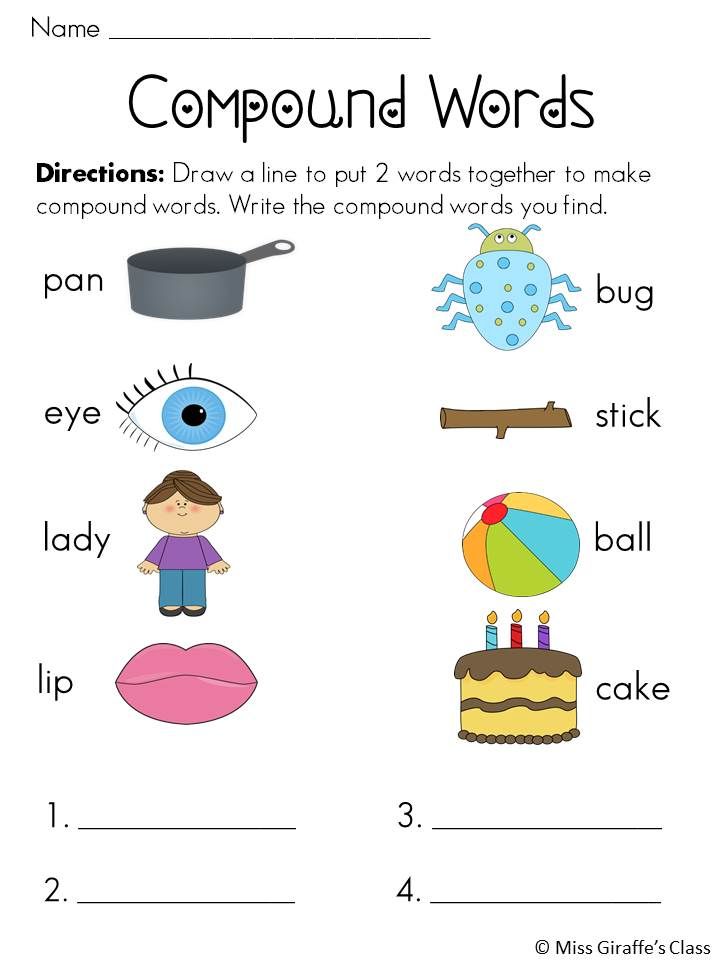
Learn More: EZ School
Compound Word Literacy Stations
6. Blooming Compound Words
This is a ready-to-go lesson for your literacy center. Students will work on their compound word skills along with fine motor skills. Students match flower petals to the flower center to form several compound words. They get additional practice writing out the word on their answer sheet.
Learn More: Stgiles School
7. Find the Compound Word
Another great literacy center activity where students get to search for the compound words in bins filled with rice or beans. Add a sensory component and make learning about compound words enjoyable. Students match the compound word pictures they find on their printable chart upon which the compound words are written.
Learn More: Happy Teacher Mama
8. Compound Word Puzzles
Create your own compound word puzzles. This is a great activity for 1st and 2nd-grade students who can work on literacy, motor, and critical thinking skills. This is a fun hands-on option for literacy stations.
This is a great activity for 1st and 2nd-grade students who can work on literacy, motor, and critical thinking skills. This is a fun hands-on option for literacy stations.
Learn More: The Curriculum Corner
9. Monster-Themed Compound Word Spinners
Looking for interactive activities for your compound word literacy center? Check out these crafty monster spinners. The spinners demonstrate how words can be joined together to form compound words.
Learn More: A Plus Teacher Club
10. Picture Addition
Using picture word cards and math symbols, students create compound words. You can do these as printable worksheets or create your own manipulatives.
Learn More: The Candy Class
Compound Word Activities
11. Compound Word Clip Cards
Work on motor skills and word skills with this hands-on activity. It is perfect for Pre-K - 1st grade.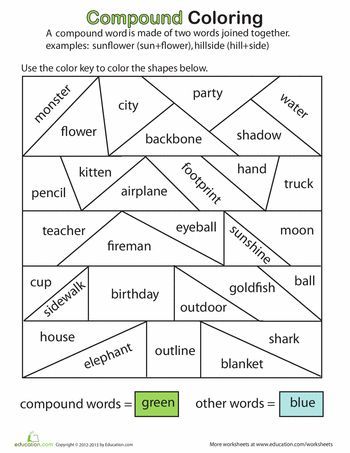 Use laminated compound word picture cards and clothes pins to create this one. The top has two pictures that create one compound word. Students mark the correct picture of a compound word out several on the bottom of the card.
Use laminated compound word picture cards and clothes pins to create this one. The top has two pictures that create one compound word. Students mark the correct picture of a compound word out several on the bottom of the card.
Learn More: Homeschool Rebecca Reid
12. Compound Word Flip Book
There are multiple printables available online to create compound word flip books. You can have students work on fine motor skills also by cutting on the lines. When the foldable is finished students look at the pictures to decipher the compound word. They open the flip book to check their answers.
Learn More: Teacher's Clipart
13. Compound Word Pocket Books
Check out Scholastic's online pocketbook offerings. You can print individual students' pocketbooks to take home and practice. Many are formatted so that students can color them as well.
Learn More: Scholastic Teachables
14.
 Vocabulary A-Z
Vocabulary A-Z This website offers many vocabulary study topics, including both printable and digital options. Among the printable options, you can choose from a simple matching activity to compound word quizzes.
Learn More: Vocabulary A-Z
15. Compound Words Toothy
Students view premade compound word equations on cards. They write their answer on the toothy board. If their answer is correct, they get to add another tooth to the face. This activity can be done as a group or individual activity as students can check themselves from the back of the word cards.
Learn More: Lucky Little Learners
Compound Word Games for the Classroom
16. Guided Readings
Get Epic is a favorite for all types of online book access. You can choose ones specifically to target compound words. Students can read along with you, do a choral reading, or read independently.
Learn More: Get Epic
17. Compound Word Poster
Jazz up your normal poster by adding a compound word of the day. You can find printable versions of compound word posters or buy them from online teacher supply vendors.
Learn More: Teach With Me
18. Compound Word Songs
Put compound words to music and have the students sing along. You can also find ready-made songs to sing with your class on Youtube.
Learn More: Jack Hartmann Kids Music Channel
19. Compound Word Pocket Chart
Create or purchase compound word wall cards. Use a pocket chart to create words with the cards. This is a great classroom activity to begin talking to students about compound words. You can also turn these into interactive literacy activities by putting them at the student level as a station.
Learn More: Walmart
20. Anchor Charts
Create a compound word anchor chart that defines the concept and has a few examples.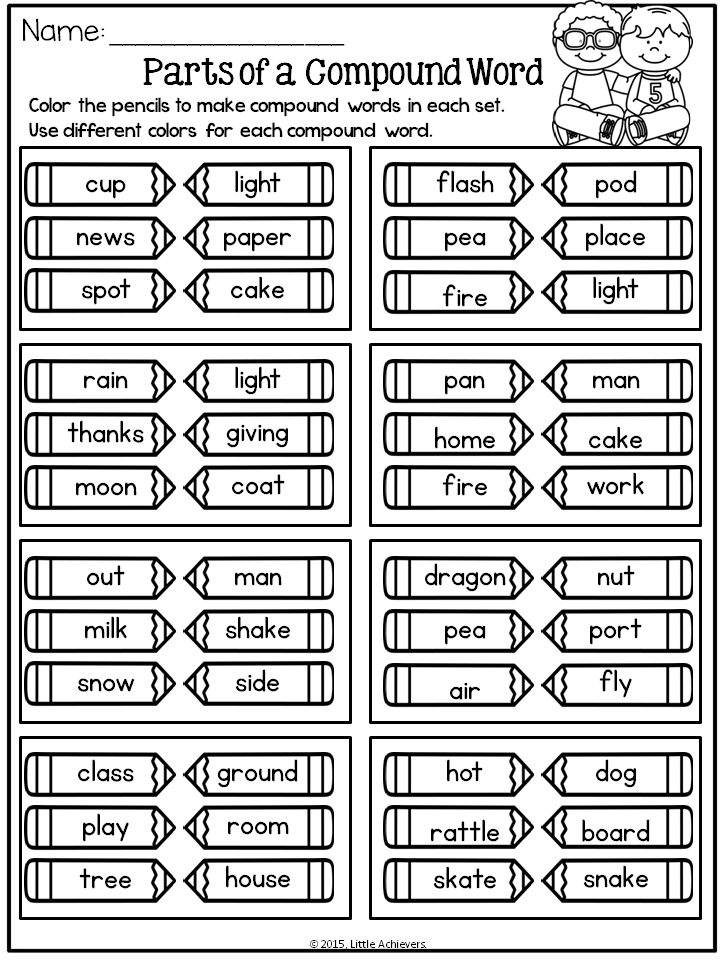 Have students think of their favorite compound word and add it to the chart. This activity not only creates a visual reference for students during independent work but also provides them with a sense of ownership over the learning process.
Have students think of their favorite compound word and add it to the chart. This activity not only creates a visual reference for students during independent work but also provides them with a sense of ownership over the learning process.
Learn More: Pinterest
Related posts:
Category: Classroom Ideas
Compound words
Open lesson of the Russian language.
Teacher Zorina G.A.
Theme "Compound words"
Purpose: To form students' understanding of complex words, to form the ability to correctly write connecting vowels in complex words
Cognitive UUD - develop the ability to independently "read" and explain information; find new ways of learning about the formation of compound words
Communicative UUD - we develop the ability to actively participate in discussions that arise in the lesson, clearly formulate answers to questions from the teacher and other students show cognitive initiative in helping fellow students
Equipment:
Russian language textbook. Grade 3 Textbook at 2 hours Klimanova L.F., Babushkina T.V. nine0005
Grade 3 Textbook at 2 hours Klimanova L.F., Babushkina T.V. nine0005
Individual cards, cards for group work. (See Appendix)
Lesson progress.
1. Organizational moment. Emotional mood for the lesson. Motivation for learning activities. 1 min.
Check everything you need for the lesson (notebook, textbook, pen, pencil, helper card, autumn leaves). Smile to each other and give a smile to us. I wish you good mood, good luck, mutual understanding.
2. A minute of calligraphy.2- min. nine0004 Open notebooks. Write down the number and classwork. Look at the blackboard. Continue the pattern eo eo.
3. Updating knowledge.
Let's start our lesson with a motto that will help us get ready for further work.
At the lesson, be ready to reveal the secrets of words.
Let's start our lesson with the disclosure of secret words and at this stage of the lesson we will be researchers.
And to uncover the secrets of words, listen to riddles.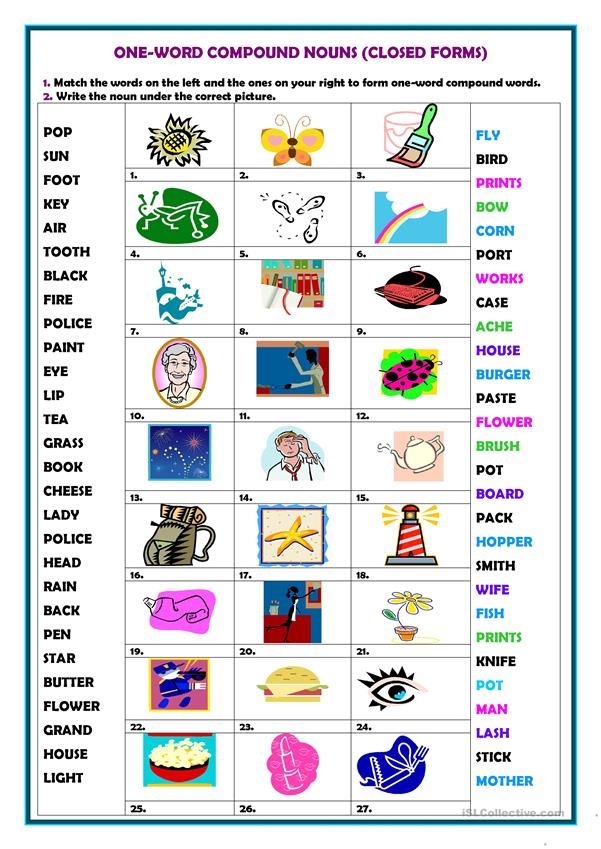 You will write the guessed words in a line, separated by commas. Will help me………
You will write the guessed words in a line, separated by commas. Will help me………
Before writing, let's remember the seating rules at the desk.
1. It has been hanging on a branch since spring,
It was green - turned yellow.
Just a slight wind blew,
He already flew.
\leaf\
0002 4. - natural phenomenon, accompanied by abundant fall of leaves - leaf fall.
We got a chain of words:
LEAF, LEAF, LEAF, LEAF FALL.
- How can you name the chain of these words? - single-rooted ( we select the root).
4. Problem situation.
The word LEAVES FALL caused a problem.
- To understand the lexical meaning of this word, we need two words LEAF and FALL. nine0005
LEAF FALL
Leaf to fall
Let's select a root in them. LEAF and FALL.
And now let's highlight the roots in the word FALLING LEAF.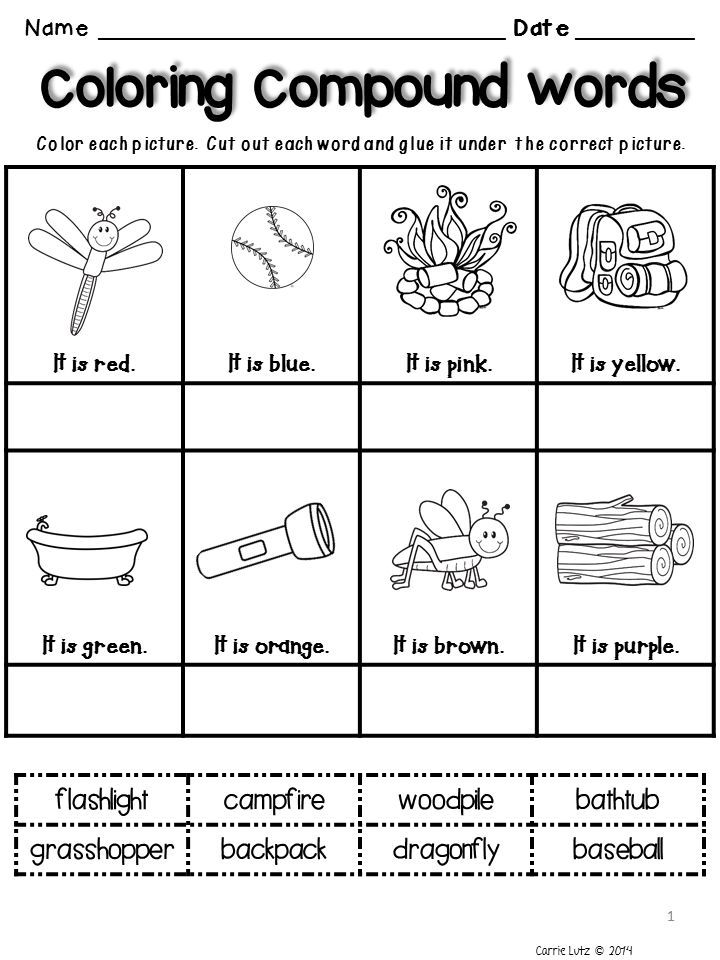
How the word LEAF FALL was formed..
- It is formed by adding two roots LEAF and PAD.
- What connects the roots? (vowel O) It is called the connecting vowel. How can such words be called?
- compound words.
- Name the topic of our lesson - COMPOUND WORDS.
Tell me, guys, have you met compound words before and where? nine0005
5. Learning new material. Research activity. Work in pairs.
And now you work as designers (work in pairs). And you will find out what other secret is hidden by compound words.
Construct and write down words and highlight their roots.
But first, let's do exercises for the eyes.
Close eyes tightly for 3-5 seconds. Do 4 repetitions.
Getting to work.
| nose Rhinoceros, fisherman, icebreaker, all-terrain vehicle, oil refinery, gardener, diver, starfall, coal carrier, vacuum cleaner, pedestrian, coffee maker. What new thing did you notice in these words? - In addition to the connecting vowel O, there is a connecting vowel E. Let's listen to the poem. E0057 No one will confuse them! So when will we write the connecting vowel E, and when the connecting vowel O. Well done 6. Physical education minute. When you hear a compound word, clap your hands. No we shake our heads. DIVER, ICE DRIFT, WIND, ENGINE, SHOVEL, MEAT GRINDER, GRATER, NOVOSELLER, BEEKEEPER, TRAMS, VACUUM CLEANER, FLIGHT CLEANER, STARFALL, CABBAGE., DIGGER, POUCH, CHIMNEY, BIRCH. Well done. So, we now know that in Russian there are words that consist of two roots. And this is ... (Compound words) VIII . Primary consolidation of new material. Oh. The autumn wind blew. And mixed up all the words. We now need to become editors and correct the work of the autumn wind (compose and write down sentences). Autumn has come. Multicolored, dressed, in, trees, outfits. Birches, shaken off, white-stemmed, leaves, last. Prepared, for, winter, gardeners, plants. They brought, order, in, beekeepers, hives. nine0058 Name the compound words that are found in this text. Work in the textbook. Page 78 ex. 140. Find an extra word in each group. Waterfall, water carrier , driver , water meter. Lunokhod, outrider arborist snowmobile. wind, whirlwind, breeze, wind meter. 7. The results of the lesson . Generalization. nine0004 How are compound words formed? With the help of what are the roots connected in compound words? What role do compound words play in speech? 8. Homework. Simple homework. Work in the textbook p. 77 exercise 138 write off the words in alphabetical order. Or interesting, creative homework Compose a crossword puzzle from compound words. 9. Reflection Complete the sentences (on the board) Today at the lesson I learned ………. It was difficult……….. It was interesting……….. I liked it……….. Show how you feel when you leave the lesson Excellent - wave orange leaves. Good - yellow. Bad - green. Support Sheet #1 Construct and write the words. Select the roots in them. Emphasize the connecting vowel. nine0005 |
Support sheet #2
1. Make and write sentences.
1. Autumn has come.
2.Colorful, dressed, in, trees, outfits.
3. Birches, shaken off, white-stemmed, leaves, last.
4. Prepared, for, winter, gardeners, plants.
5. Bring, order, in, beekeepers, hives.
Support Sheet #2
1. Make and write sentences.
1. Autumn has come. nine0005
2.Colorful, dressed, in, trees, clothes.
3. Birches, shaken off, white-stemmed, leaves, last.
4. Prepared, for, winter, gardeners, plants.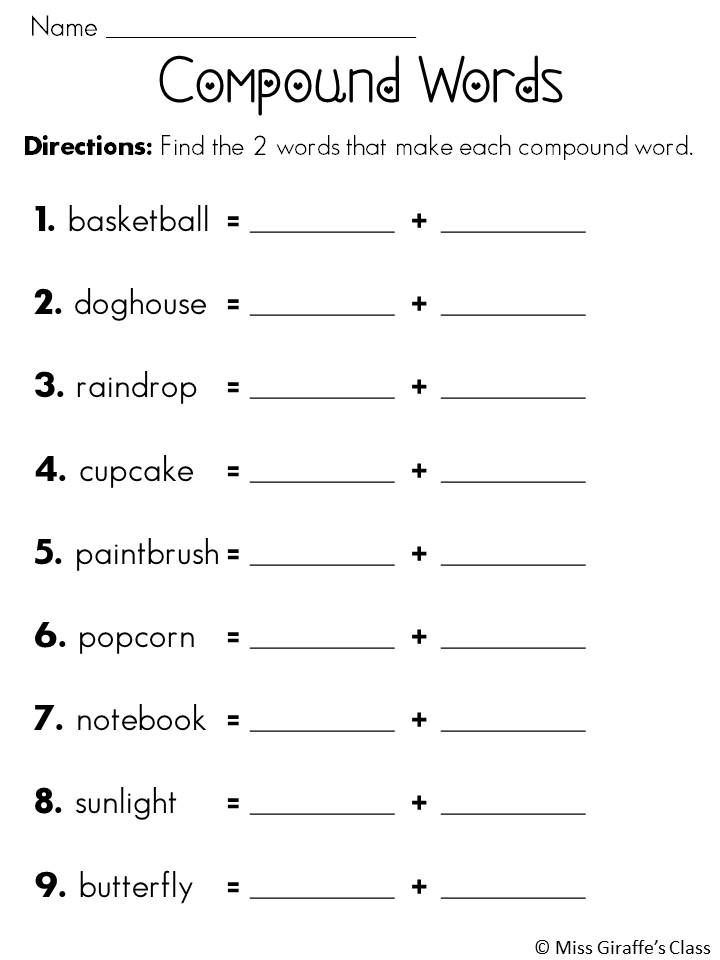
5. Bring, order, in, beekeepers, hives.
Publication address: https://www.prodlenka.org/metodicheskie-razrabotki/351672-slozhnye-slova

